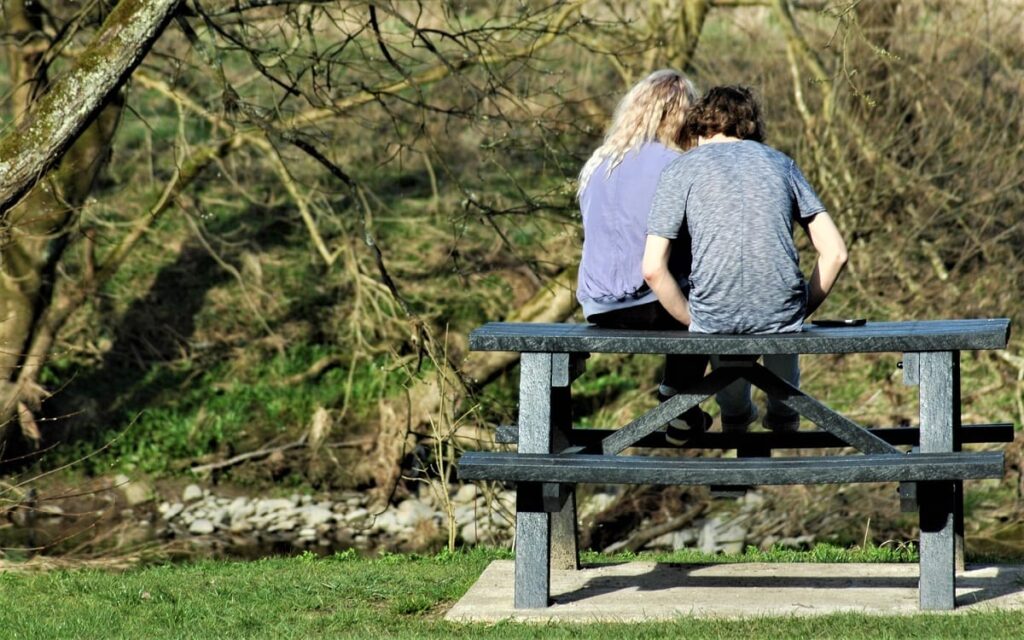The cultural belief that teaching young people about sex, causes them to have sex, has been around since at least Victorian times. And, for a long, long time, it kept administrators and educators from doing what they know is better.
That is, providing young people with age-appropriate and honest sexuality education. Fortunately, a few institutions have started to help remedy the situation.

Sexuality Education Takes to the World Wide Web
Maybe you had a book when you were young. Nowadays, kids have some rather interesting videos. Think of the genre as something between Kinsey Research and a teenager’s “What to Expect When You’re Expecting.”
Below are some of the best examples of these smart, helpful videos.
Rhinos and Astronauts
The Australian Research Centre in Sex, Health, and Society developed a series of videos not too long ago. You can access the videos for free on a website funded by the Australian government.
The website is called the “Practical Guide to Love, Sex, and Relationships.” The site is a teaching resource for young people.
The resource includes a series of forthright but genuinely funny videos about sex, pornography, relationships, consent, and gender.
The best of the videos have an endearing and companionable matter-of-factness. One video for students in years 9 and 10 illustrates sexual desire and consent.
The video features a couple of astronauts and then a couple of pirates. These depictions may sound confusing, but the metaphors they employ are clear and unambiguous.
The narrators speak directly to young people using colloquial language to provide a familiar sense of relevance.
“You’re 14, 15, 16 … there’s a lot of shit going on,” says a female narrator in one cartoon.
“That looks like electricity”, a male narrator says when a hand draws lightning bolts coming towards the head of a boy.
“It’s a metaphor for all the shit going on,” says the female narrator.
The drawings are clever, informal, and engaging. There are no diagrams or charts here, no bullet points.
The video ends with questions that teenagers can ask themselves to gauge whether they feel comfortable in a situation. Clear advice helps create a sense of self-efficacy.
In another video, the same two narrators discuss the stereotypes that women and men often confront. The cartoon uses a rhinoceros as a metaphor for sexual desire, with a man and woman on top.
“I’m the guy,” says the male voice. “I’m supposed to be ‘Oh yeah, can’t wait to get in her pants.'”
Then the female voice says: “And I’m the girl, I’m supposed to be ‘umm, I don’t know, umm, I’m not sure umm …'”
Explicit Cartoons
Scandinavia is known for its progressive sexuality education. Experts point to the sub-region’s low teenage pregnancy rates as proof that the Scandinavian approach works.
If so, the proof is impressive. Norway and the Netherlands have some of the lowest teen pregnancy rates in the world. Meanwhile, teen pregnancy rates in Sweden are roughly one-fourth those of Great Britain.
The Swedish Association for Sexuality Education has produced an age-restricted animated video you can view on Youtube and Vimeo. The video follows four teenagers who receive an unexpected lesson from a substitute teacher.
The teenagers ask the teacher questions ranging from the appearance of genitalia to respect in relationships and STDs.
The cartoon includes a scene where two of the students try to have sex. But they fumble with condoms and nerves. The scene is realistic and should be relevant to the experience of many teens.
The narrative incorporates gay and lesbian storylines, making it relevant to a diverse audience. The fact that the story is animated allows for explicitness – without moving into the realm of pornography.
Helpful Porn Stars
The New Zealand government’s Keep it Real Online campaign is not part of a school education program. The campaign aims to help parents navigate digital safety.
The campaign’s television video is a good example of how to use humor to approach sensitive topics.
In the clip, two porn stars visit a mother to say her son has been watching them online. What makes the video work is that it is laugh-out funny and engaging.
The viewer identifies with the shocked boy, who is told porn stars don’t act like that in real life. Viewers also identify with the mother, who realizes it’s time to have a conversation with her son about sex.
The humor of the situation and dialogue are disarming, but the lesson is clear. Porn is scripted and performed by actors. None of it should be perceived as real life.
The Cup of Tea
Finally, there’s the well-known video that explains consent using a cup of tea. The cup of tea in the animated cartoon is clearly a metaphor for sex. The male narrator clearly identifies the metaphor in the beginning.
When he goes on to describe the idea of asking someone for sex, he replaces sex with tea. The video gives advice about what to do when you offer sex to someone who is unsure.
“You can make them a cup of tea or not,” says the narrator. “But be aware they might not drink it, and if they don’t drink it then – and this is the important part – don’t make them drink it.”
An Elegant Solution
Didn’t countless previous generations successfully navigate the complicated maze of youth and sex just fine before all this? Why do so many agree that such videos are necessary now more than ever?
The reason such videos exist is because the teaching of sex in classrooms remains a political minefield. That makes sensible sexuality education quite difficult in still too many places.
In such instances, kids are often left to fend for themselves. When left to their own devices, and, most likely, borrowing yours, most kids today will turn to the Internet.
Here the ratio of porn to information is a billion to one. So, when your kid asks about orgasms, you can’t very well hand over your iPad and say, “Google it.”
Under these circumstances, a frank and age-appropriate educational video begins to look like a singularly elegant solution, doesn’t it?



